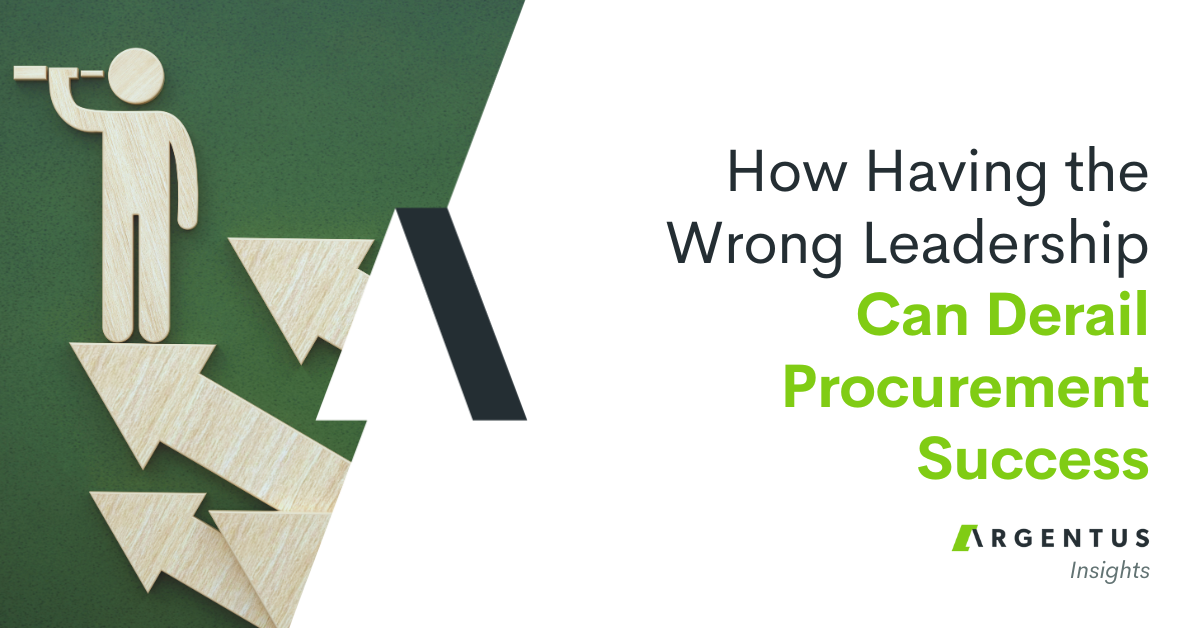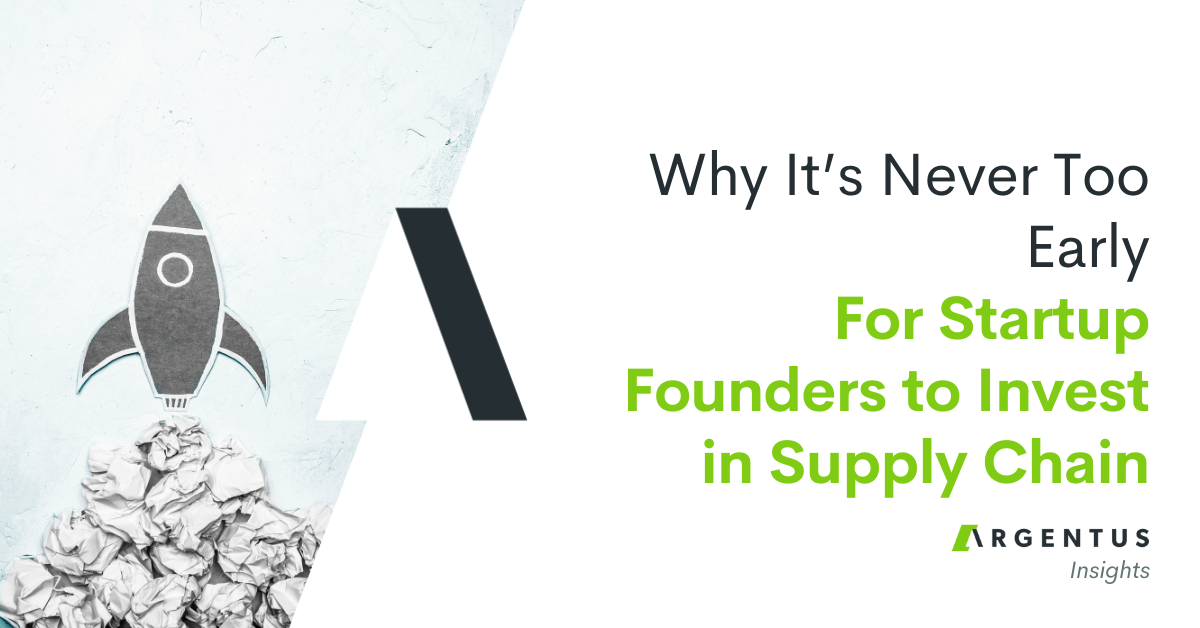By CJ Wehlage. Originally published on the Kinaxis industry blog, 21st Century Supply Chain.
2015 will be my 25th year in the supply chain industry, mostly as a practitioner. I’ve had the benefit of stepping away from the grind for two years, spending time at AMR Research, where I visited with many companies and learned about their supply chain practices. As well, these past two years at Kinaxis have brought great insight on the operational challenges of supply chain leaders.
Which brings me to today: I was planning out my 2015 supply chain conference schedule, and noticed the conference themes: digital, green, social, and the Internet of Things. These are what I call “cool theme” topics. But after my 25 industry years, I find that the fundamentals of revenue, profitability, and service still resonate and need our attention. It feels like we’ve drifted away from the fundamental supply chain strategies. So, I decided that 2015 needs to be a re-focus on the hard core fundamentals of supply chain success. And change in the New Year begins with resolutions…
Resolution #1 – Stop using the term “visibility”
People say that information is power. I beg to differ. I say, an informed decision is power. The visibility term has been over used. I’ve even heard some say that getting visibility to your supply chain is 80% of the challenge. They must not have run a supply chain. I see many supply chain leaders that have visibility, some in Excel and some in automated tools. The ones that don’t have visibility can easily call the supplier and get it. Getting visibility isn’t the challenge. The real 80% challenge is “what are you doing with the visibility?”
- Are you using visibility to eliminate searching for exceptions?
- Are you setting control limits on your visibility to set planning priorities?
- Does your visibility provide a proactive view into supply chain challenges?
- Are you doing the #1 supply chain best practice, simulation, with your visibility?
Most supply chains can actually answer these questions, but with multiple spreadsheets, phone calls, MRP runs, and planning modules; in essence, without having agility. With today’s complexity, these questions need to be answered in seconds, concurrently across multiple exceptions. Yet, supply chain leaders seem to be stuck in the strategy of incremental change. Problem is: supply chain complexity is growing exponentially, customers and competitors are becoming more global, and the time to make decisions is shrinking to minutes instead of days and weeks.
My #1 resolution for 2015 is to drive a sense of urgency to change. Informative decisions across your entire end-to-end network are needed now. You need to proactively simulate issues. You need to make your supply chain the differentiator. The traditional horizontal plan-buy-make-deliver model is gone. Disintermediation is happening to your supply chain as you read this. Look at what Amazon is doing to the delivery model. You need to be using visibility to bring value and differentiation.
Resolution #2 – Read only one “cool theme” report
In 2014, I saw the emergence of cool themes from all the analysts. The digital supply chain, green supply chain, Internet of Things, and the best, social supply chain. What happened to the core fundamentals of revenue, profitability, and service?
In 2015, I resolve to read only one cool theme report. I’m tired of research analysts peddling these themes as a means to gain an edge on readership. Yet, I watch the audience during some of these cool theme presentations. And half the people are on their smartphones working core issues back home, while the analyst is talking about how supply chains should save the Panamanian golden frog, reduce the ozone layer, produce products with plastic wire from 3D printers and generate forecasts from Facebook posts!
Resolution #3 – Stop moaning about bad data
Let’s face it, everyone has some form of bad data. And, when you include all your tiered suppliers, they have bad data. The one constant is that you will never fix all the internal and external bad data. Yet, I still hear supply chain leaders say they need to focus first on fixing the data. I’ve seen many presentations from “top 25” supply chains and how they’ve cleaned data, and why they should be considered a top tier supply chain story.
I’ve seen many supply chain presentations that appear more on target than they actually are. They may talk about cleaning all the data, but the truth lies in using both good and bad data. The thing leaders should focus on is executing to what data is there and, where there’s bad data, use simulation tools to make up the difference.
And that’s the resolution to make. It’s okay to moan about bad data, but don’t let bad data dictate your execution. The best simulations I’ve seen have focused on supplementing the bad data. Sort of like the scientists in Jurassic Park, where they supplement frog DNA code to make the dinosaurs.
Resolution #4 – Fix the disruption you can influence, not the disruption you are concerned with
There are two types of disruptions. That which you are concerned with, and that which you can influence.
Volatility, regulation, geopolitics, economics, energy, and the list goes on. These are in your “circle of concern.” They happen, and you should be concerned. Yet many supply chain leaders face fail to focus on the circle of influence, the area where you can make a difference.
There are two methods to manage your circle of influence. The first, and most widely used, is to simulate disruptions before they happen, or quickly after they occur. The second, and not widely used, is called “responsibility-based collaboration.” It’s having the right people, with the right information needed to make the right decisions, in the right time. Without responsibility-based collaboration, too many people are involved. Redundant work is processed. Planners feel dis-empowered. The process of resolving the “disruption” is creating more disruptions.
Core questions to assess your level of responsibility based collaboration:
- Are senior managers as close as possible to the decision?
- Can the decisions be implemented faster?
- Do those making decisions have the detailed understanding?
- Does the decision account for “carnage” created elsewhere?
- Are all the impacted departments aware of the tradeoff?
- Are planners feeling more empowered to analyze and decide?
Concurrent, responsibility based collaboration is needed in 2015.
Resolution #5 – Scrap the talent research, make planners more productive
After reading all the talent research done in 2014, the topics of attrition, retiring professionals, and university-business alignment, I notice a big gap. The one thing missing in all this supply chain talent research is the concept of being more productive with the talent you already have.
How can every supply chain improve productivity? In every supply chain I’ve seen over the past 25 years, there’s one constant: they all use some form of Excel, mostly to search for exceptions. Planners spend half their day dumping ERP and BI data into Excel, and then search for exceptions.
And that’s not even the biggest problem! Once a planner finds an exception, they work to resolve it. Yet 80% of the exceptions found don’t actually break and end-to-end control limit. So, the planner, after half a day searching, is now working on the wrong exception. And even worse, that planner resolves the exception without concurrently understanding how it impacts other areas. That’s called “carnage” – aka “next week’s exceptions.”
This is the main reason I love the Kinaxis solution. Single code, pulling end-to-end data, running all the time, in memory fast, alerting planners only when control limits break, and providing concurrent understanding of how a resolution impacts all nodes of the network.
The result is that planners no longer search for exceptions. Half the day back = much more productivity. Then, Kinaxis customers use that gained productivity to simulate future issues, which leads to much more proactive planning; In essence, fixing exceptions before they happen. This is the reason Kinaxis customers are giddy.
________________________________________________________________________________________________________
What are your supply chain resolutions? Let us know in the comments.




0 Comments